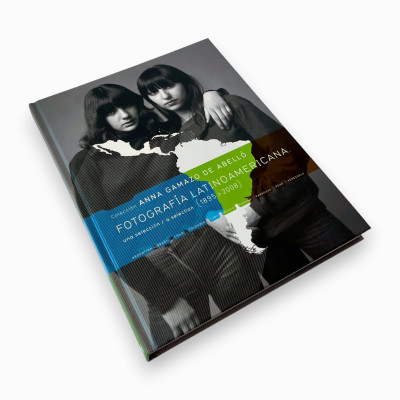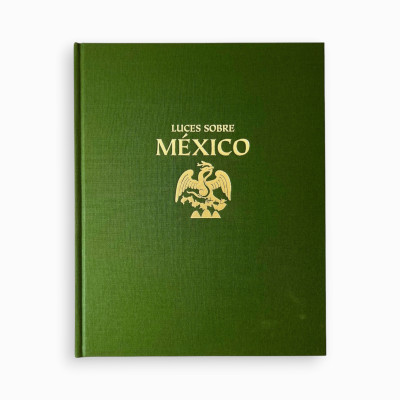Brehme, Hugo
He was born in 1892 in Eisenoch, Germany. Brehme began studying photography in Berlin at the age of 16. After completing his studies, he left his homeland to explore other countries. His first journey was to the German colonies in Africa; then he visited Central America and finally Mexico, where he arrived in 1905 and established his permanent residence. His first photograph was published the following year in the newspaper El Mundo Ilustrado. Between 1910 and 1913, he collaborated with the Photographic Information Agency founded by Agustín Víctor Casasola. During this period, his portraits of Emiliano and Eufemio Zapata stand out. In 1914, he opened a studio called "Fotografía Artística Hugo Brehme." From then on, he traveled across the country capturing everyday life, landscapes, and popular types. He is considered the last representative in Mexico of pictorialist photography. In 1923, several of his best images were published in the book "México Pintoresco," edited by Wasmuth Verlag, of which it has been said: "Hugo Brehme's picturesque Mexico is characterized by the deliberate idyllic vision typical of artistic books aimed at an audience that prefers escapism to confrontation with harsh 'realistic' images" (Debroise, 1998). His photographs participated in the Toltec Contest of 1931, sponsored by the Portland cement factory. This contest represented a break with traditional pictorialist photography, as several avant-garde photographers such as Manuel Álvarez Bravo, Lola Álvarez Bravo and Agustín Jiménez were awarded the top prizes. Between 1929 and 1935, he worked as a translator at Helios, the magazine of the Association of Photographers of Mexico. Before his death in 1954, he collaborated on several publications specialized in tourism such as the book "Los caminos de México/The Roads of México" (published by the Secretariat of Communications and Public Works) and the magazine Mapa.




